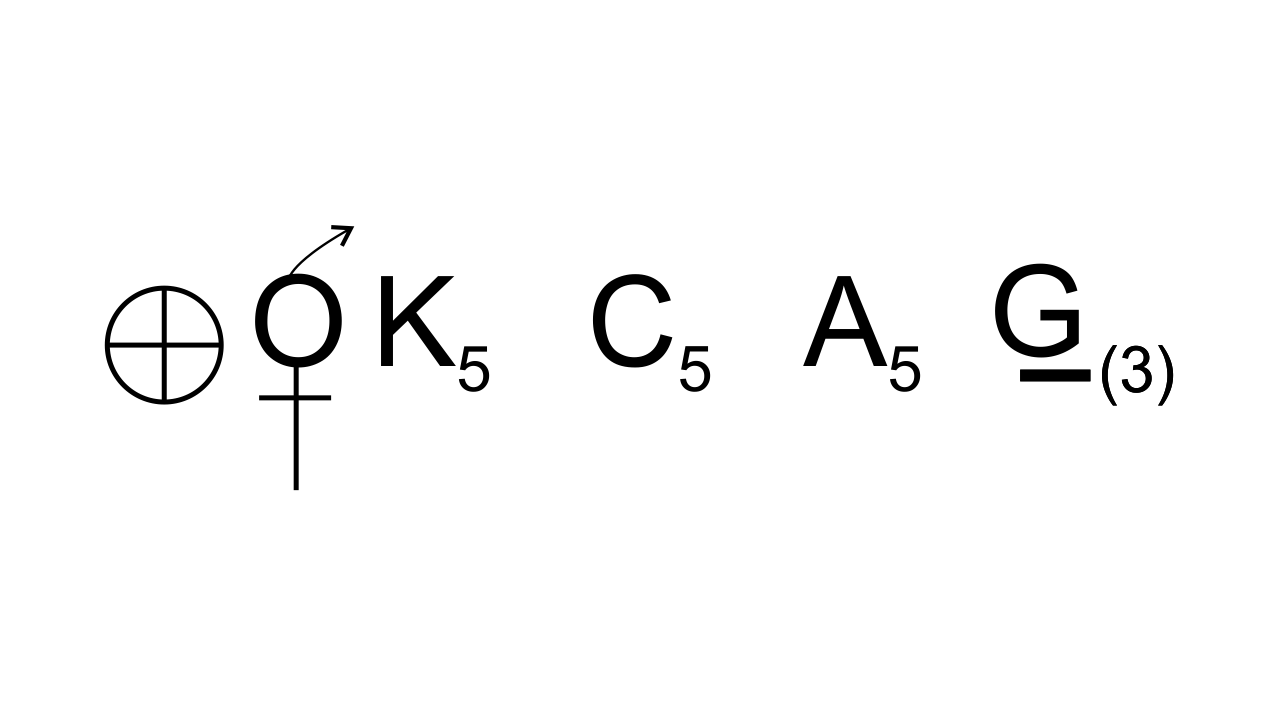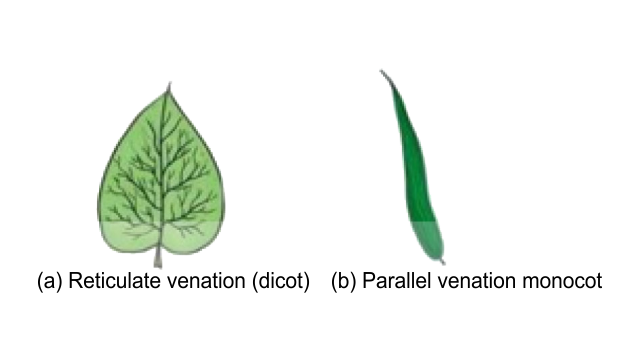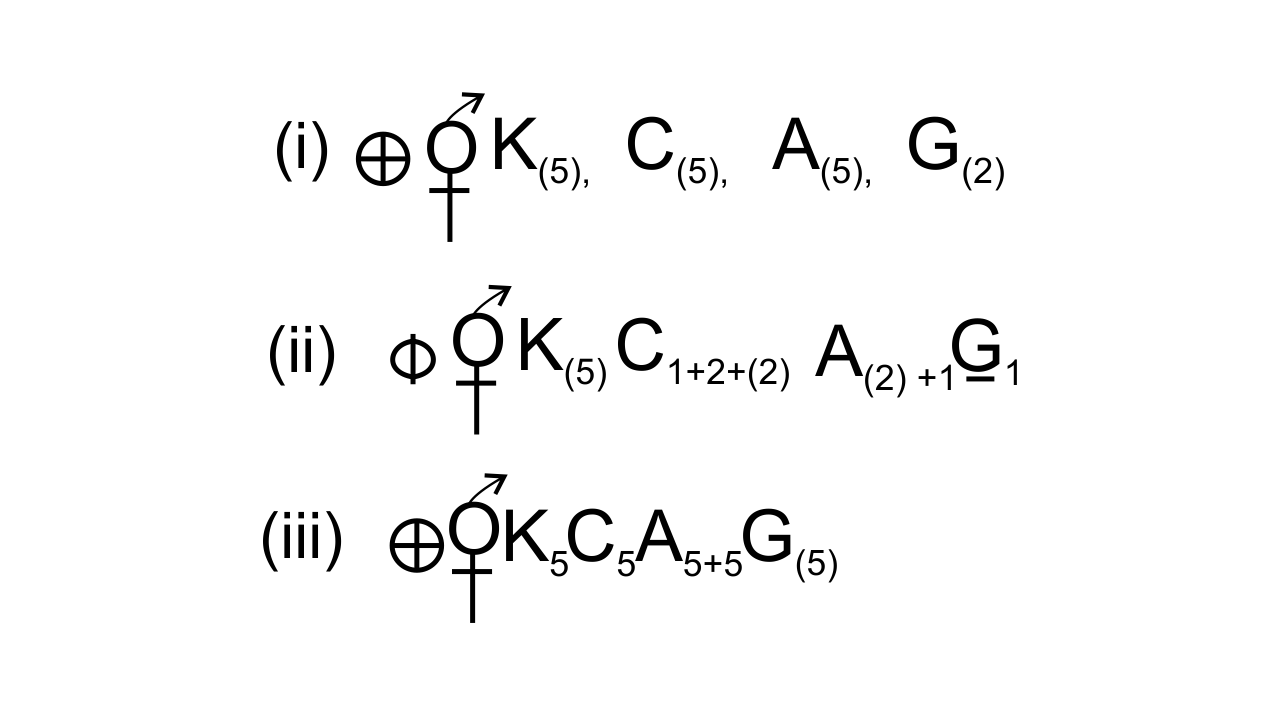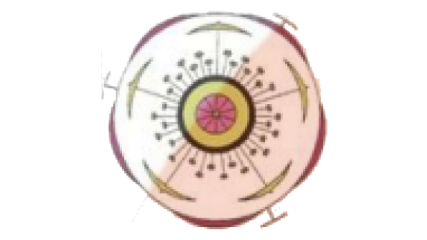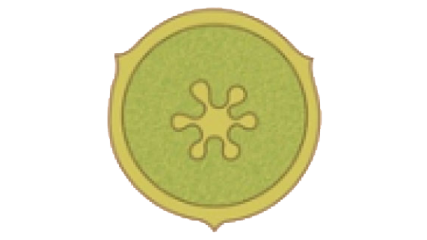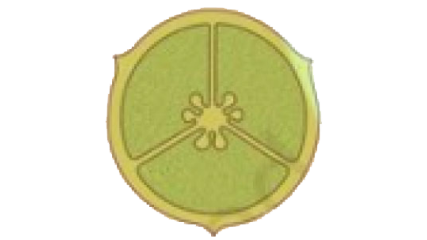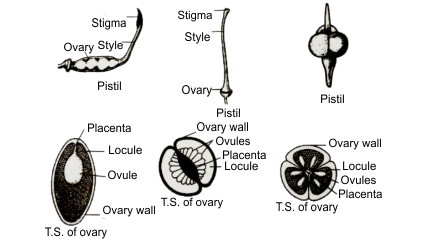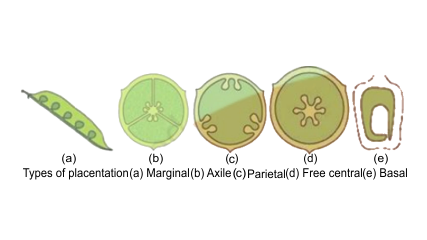Morphology of Flowering Plants - Free PDF Download
FAQs on NCERT Exemplar for Class 11 Biology Chapter-5 (Book Solutions)
1. Do NCERT biology Exemplar questions help in NEET?
Yes, it does help. Students find these questions help them understand topics easily. But it is not sufficient for NEET preparation. You need to go through other papers to assess your knowledge. NEET is the National Eligibility Entrance Test conducted by the National Testing Agency. Those who pass this exam get a chance to study in government-sponsored medical colleges. Biology is the deciding section of the NEET paper, students suggest preparing from the NCERT’s textbook, and Exemplar helps them gain qualified marks.
2. Why is studying from the NCERT Exemplar necessary?
NCERT textbooks and Exemplars by the CBSE board by themselves. Exemplars consist of new and researched questions created by the best teachers of India. Most of the time, an examiner asks questions from the NCERT Exemplar, and even in the competitive exam, it helps. Vedantu provides solutions to Exemplar problems for free. All you need to do is sign in to download the PDF provided above. These Exemplars are the best when it comes to strengthening your fundamentals and gaining accuracy.
3. How to score good marks in Class 11 Biology?
To score good marks, all you need to do is study hard. The second thing you as a student can do is register at our online biology tuition classes. Vedantu provides the best biology faculties with whom you can interact one to one to clear your doubts. The third and most important thing to do is solve previous year papers and NCERT Exemplar questions. Our experts have crafted solutions to these questions to ease your preparation.
4. What is the use of Class 11 Chapter 5 Morphology of flowering plants?
Chapter 5 Morphology of flowering plants teaches you about the structure of flowers and the function of the different parts like stem, roots, leaf, etc. Each chapter has importance when we talk about class 11. Class 11 and 12 together make your career. What we learn during these two years becomes a medium of scoring a high percentage of marks. Morphology plays an important part when we prepare for competitive exams. This chapter cannot leave our sight after finishing class 11. It makes a base to understand botany in the higher class.
5. How to study the morphology of flowering plants?
The NCERT textbook is a perfect medium to learn the Morphology of flowering plants. Solve Exemplar questions to gain a better picture, but keep in mind to trust the resources you are using. Students change the sources or read from different materials at the same time. All those things create confusion later. Create your notes after class. Chapter 5 of Class 11 has terms that are hard to remember. You need to retain them for the long run. Follow Vedantu, register for the online tuition class of biology and learn from the biology experts.























